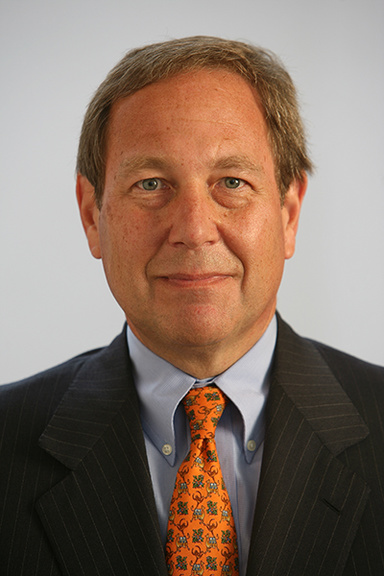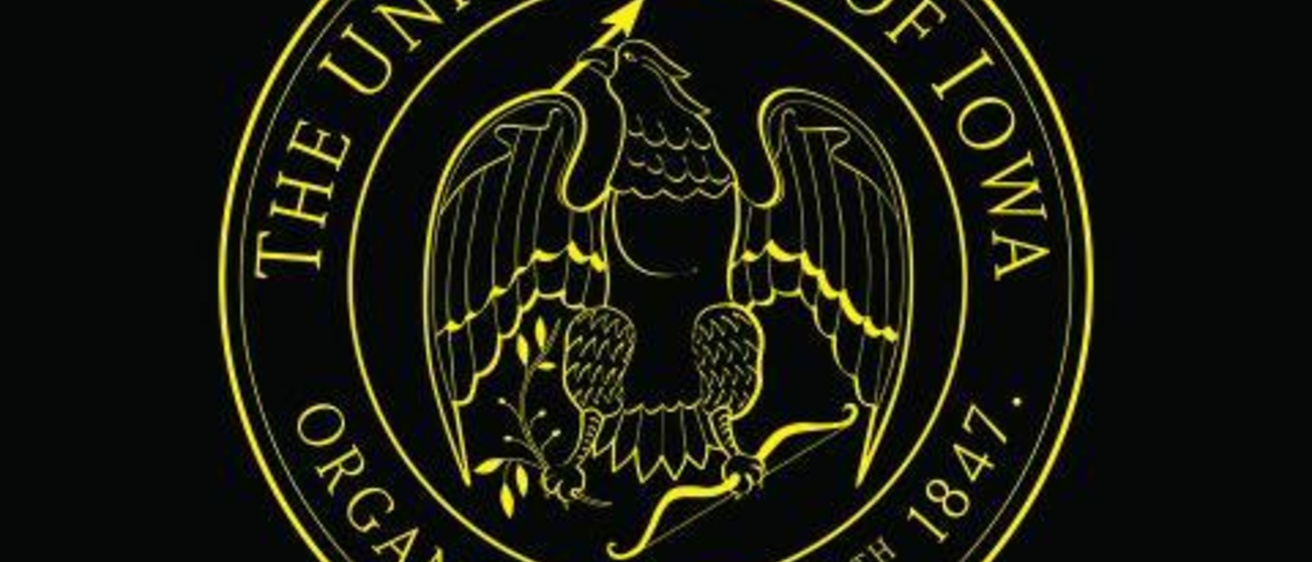
Now that it’s mid-October and the UI is really in full swing, I find myself reflecting on the purpose of all the work we’re doing. Sometimes when you have a million tasks on your plate, it’s difficult to remember why each one is important and how it fits into the bigger picture. I touched on this topic in an earlier message about the humanities here at the UI, and I wanted share what I think is another important why for the UI: When we do groundbreaking research, we give our students the opportunity to learn by doing that research with us. I think a great example is the work of chemistry professor Chris Cheatum and his team.
It turns out that there might be a problem with how we think biological chemistry works, and the Cheatum Group is trying to figure it out. For a long time, many people assumed that even though molecules move around and vibrate, the fact that they do so wasn’t very important; it was random, you could average it out, and it probably didn’t affect how we do chemistry. Chris and his graduate student team—as well as his co-researcher Amnon Kohen, who is also a chemistry professor here at the UI and specializes in enzymology—are using something called two-dimensional infrared (2D IR) spectroscopy—extremely quick and rapid laser bursts—to look at an enzyme and see if they can find a pattern to the vibrations. Chris says the system is kind of like a strobe light: With one flash, you get a glimpse of the enzyme in one position; with the next flash, you see it in another. If these vibrations do have a pattern to them, it might have an effect on how the enzyme reacts.
This research has many applications, especially in the pharmaceutical field. The computer models that the industry has been using aren’t very accurate, and the Cheatum Group’s findings may help improve how we discover new pharmaceuticals. But what’s also extremely important for us as educators is how pursuing this particular kind of hands-on research is allowing Chris’s team to learn skills that they can take with them to many other fields. This is a multidisciplinary effort, and not only do Chris’s students learn how to work with the laser equipment—which is used in machining and surgery applications as well—they’re also working at the intersection of physics, chemistry, and molecular biology. When they finish their studies at Iowa, they will be equipped to start down any number of career paths, from pharmacy to industrial pursuits to academia, where they will train the next generation of researchers.
This is just one example of something that’s happening all across the UI. And what’s particularly important, as Chris puts it, is that it’s happening here in Iowa. Motivated students know that they don’t have to go to one of the coasts to get a top-notch education. They can come to the UI and be on the cutting edge of research in their field. Chris says that the UI took a big risk in 2003 letting him set up his research here as an assistant professor, and I know that that risk has certainly paid off. Chris also says that he came to Iowa specifically because of the collaborative culture we have here, one that allows his team to do the cutting-edge research that they do. We need to maintain that tradition for both the sake of our research and of our students.
